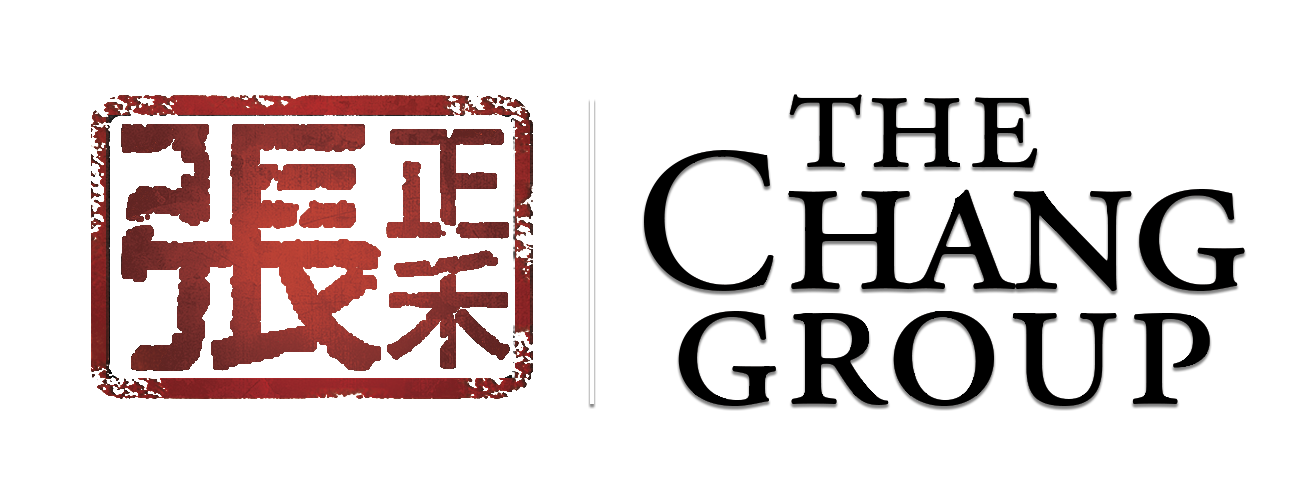Is Transit-Oriented Development the Key to Solving Seattle’s Affordable Housing Crisis?
As a recent Seattle Times article proclaims, “Sound Transit rail stations could help solve our housing crisis,” as each new LINK light rail station will afford the opportunity “to create vibrant, walkable mixed-use communities with significant amounts of new housing and reduced dependence on automobiles.” The $60 billion investment in improving transit and building new infrastructure to support the expanding light rail system marks the largest transit investment in the history of our region, and as the Times points out, “by 2040 we will have light rail connecting Everett to Tacoma and Seattle to Redmond and Issaquah,” which will provide unprecedented and seamless connections around the Seattle metro region.
The Times covers one station as an example of what the future could hold by looking at the Kent/Des Moines station, which is scheduled for completion in 2024. Earlier this year, students from the University of Washington’s College of Built Environments were tasked with creating a community around the station and six teams of 10 students ranging from “architecture, landscape architecture, planning and real estate” came together to build visions for Kent/Des Moines. Many of the proposals included 10,000 to 15,000 new housing units and “in all cases, the housing [which ranged from condominiums to townhomes] was carefully integrated with retail uses, public open space, schools, libraries and other amenities to create complete, walkable communities in which the need to drive would be minimized.”
Transit-oriented development is absolutely the best way of reducing congestion on the roads today. At one of my favorite restaurants, The Harvest Vine, two cooks had to move out of their apartments a few blocks from the restaurant and move up into the Shoreline area, in order to be able to afford to buy a home. This puts two extra cars on the road, as well as takes up two parking spots in an already tight Madison Valley area.
The Washington Realtors and the Seattle King County Realtors have been advocating for a 50 units per acre zoning designation around transit stations across the Puget Sound, and hope that the Growth Management Act (GMA) will require the cities to upzone around the proposed transit stations.
To be sure, transit-oriented development (TOD) has taken hold in many areas across the nation in recent years. As the University of Delaware notes, there are four main benefits to TOD that go far beyond lessening traffic and adding housing:
1. Public Health: Not only does TOD put less commuting vehicles on the road, it has also been linked to lower levels of obesity, as studies have revealed that those taking the train weighed, on average, about 6 pounds less than those who drove daily.
2. Sustainability: It is estimated that transportation “contributes about 28 percent of all greenhouse gas emissions,” which are drastically lowered when commuters elect to take public transit.
3. Economic Outlook: Vehicle owners save money on vehicle repairs, transportation costs, and time when they take public transit, and as University of Delaware writes, “with reduced commuting times and costs, people will be able to spend their time and money at restaurants, shops, and museums in the local area.”
4. Cost Effectiveness: TOD “promotes a compact community and uses existing infrastructure,” which is far less costly than sprawl development. It also saves the local government funds in making repairs to infrastructure, by virtue of there being less vehicles on the road.

